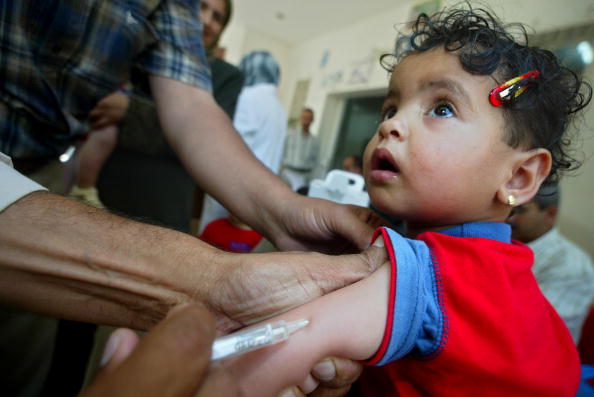
Diseases that are considered rare or almost entirely wiped out, especially in developed countries, are surprising making a deadly comeback, according to a new London study.
Also referred to as Victorian diseases, since they normally appeared around this period, they include whopping cough, scarlet fever, tuberculosis, and measles. The NHS found out that these types of cases have been increasing significantly over the last five years.
For example, the Public Health England has confirmed that the cases of scarlet fever have been high over the last two years and that the incoming season may not be different. So far, they have more than 2,000 scarlet fever reports since September. Scarlet fever is a bacterial infection that normally affects children below 10 years old. It is characterized by the appearance of pinkish rashes following a skin infection or a sore throat.
Another disease is tuberculosis of which at least 113 people of every 100,000 are afflicted, a rate that's significantly higher than impoverished countries where the disease is much more common.
There's also an increase by 300% of cholera cases and around 38% of scurvy.
The London health experts have pointed out several reasons for their supposed resurgence. One of these is migration where many infectious people from countries where these diseases may be rampant have entered the UK.
Malnutrition is also another possible cause. Scurvy, for instance, can happen with people who have very low levels or are deficient of vitamin C, which can be obtained from diets high on the vitamin or ascorbic acid. Malnutrition can also lead to lower body resistance or reduced immunity, which then makes a person more susceptible to viral or bacterial infection.
Lack of health care access can also be a problem. As of July, the government has already announced its plan to cut as much as £200 million of NHS funding, which could have been used for monitoring of infectious diseases and regular checks for high-risk groups such as older people and children.
